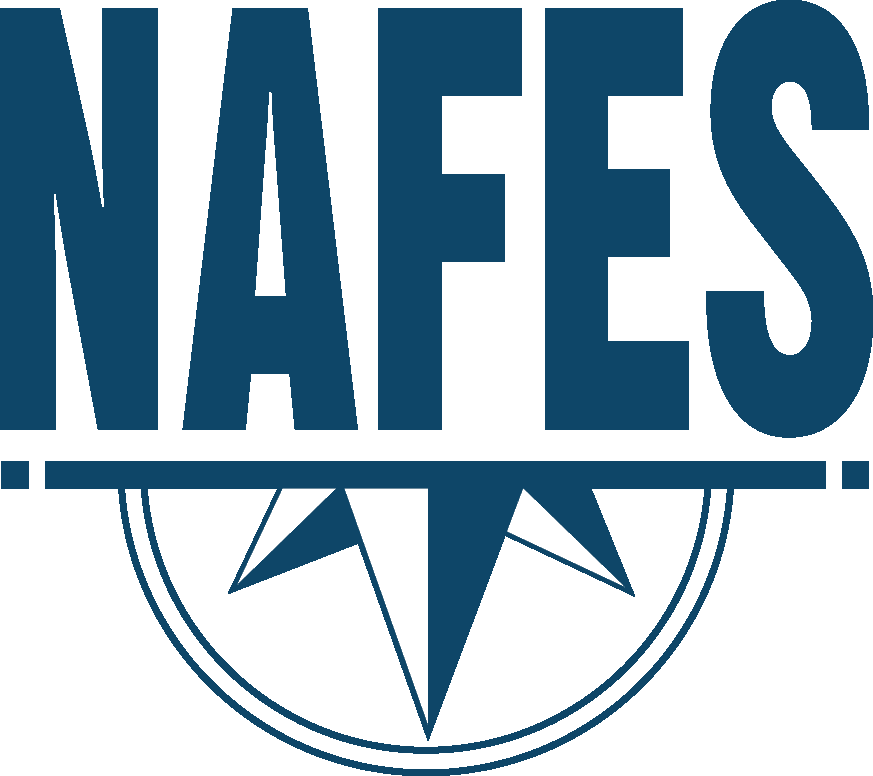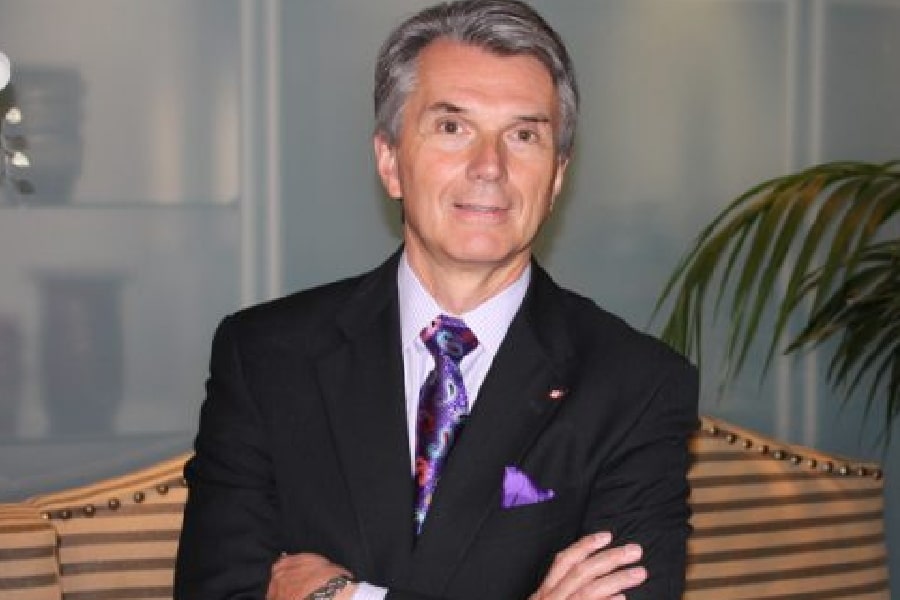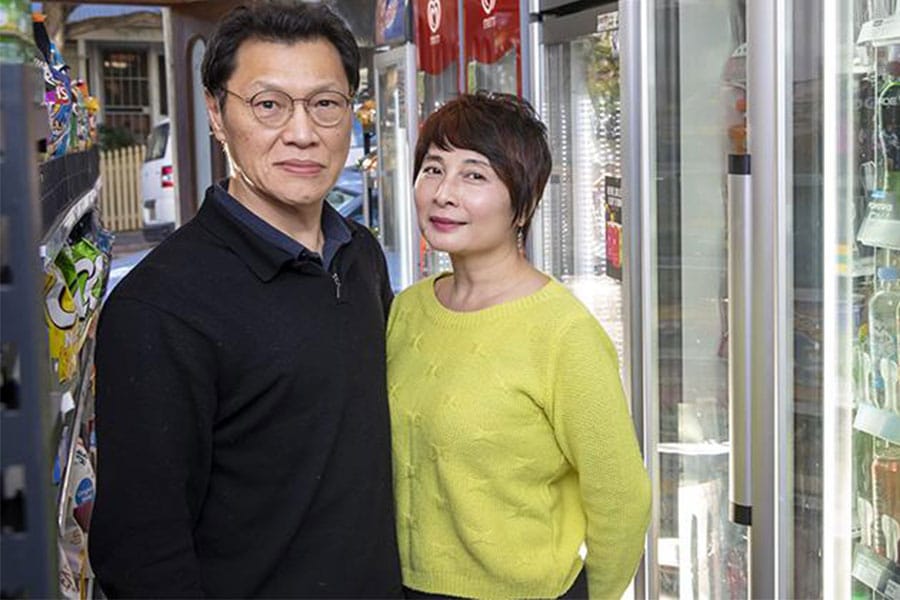Doug Fryett is the presenter of the CFSP qualification course which is run and managed for the Australian and New Zealand food equipment industry by NAFES. He also presents the course in Europe, Asia and America. We spoke to Doug to find out how he became involved with the industry and his thoughts on the major challenges facing the industry.
How did you get involved in the food service industry?
Well, that’s a long story – sort of.
I am sure all of you have heard the following line, or something very similar to it … “I wasn’t looking to get into the food service industry, the food service industry just found me.” Well, that is basically what happened to me.
After receiving my undergraduate degree in economics, I started to work for a Chartered Accounting firm in Canada called Clarkson & Gordon (They eventually merged in with Ernst & Young). I moved on from public accounting to work in the finance field where I ended up being a bank manager in Toronto for one of Canada’s largest banking institutions. Whilst there, one of my clients came in one day to ask for a bank loan for his manufacturing business. I ended up giving him the loan and three months later I was working for him as his V.P. of Marketing & Sales. It turns out that his company manufactured heavy-duty cooking equipment for the food service industry – things like steam jacketed kettle, bratt pans, convection steamers, cook / chill systems and the like.
That company eventually got sold to an American multi-national company, and we became part of ALCO Foodservice, which over the years, has morphed itself into WELBILT Food Service. And that is how I got involved into the food service industry.
After several years of enduring corporate politics, I was given the opportunity of establishing my own management consulting firm, which, I am proud to say, I have been building for approximately 30 years. Specializing in corporate strategy development & execution; proprietary market research; supply channel strategy & development; and leadership development; my client base spans the globe, working with all types of companies and organizations spanning all of the various channel constituents – from manufacturers to food service chains.
It’s hard to believe that I started off as a lowly accounting auditor. I have been blessed.
How long have you been involved with the CFSP Course?
The short answer – almost from the beginning.
The Certified Food Service Professional (CFSP) course had its beginnings several decades ago. It all started with NAFEM in the U.S. Shortly after it was “hatched” I was asked to write the first edition of the current book (I think I’m on the fourth or fifth edition now), as well as turn it into a seminar. Today’s CFSP programme is “global” in nature meaning that the book, the seminar, and the exam have been designed to encompass the global foodservice industry. Of course, there are nuances between regions of the world that I try to take into consideration during the seminar.
Does the course and content differ between countries?
If I said “no” I’d be lying. But just a very, very small “white lie.”
Approximately two years ago I decided, in conjunction with CESA (now FEA – Foodservice Equipment Association in England) to make the CFSP book and seminar “global” in nature. Let’s face it, there are so many similarities around the world with respect to how the food service industry “works.” In fact, there are infinitely more similarities than differences. Having said that, the CFSP seminar and book does take those differences into consideration. (At least we try our best.) For instance, the U.S. is the only country in the world (with the exception of Liberia) that is not on the metric system. As such, I have to go back to the old Imperial standards when conducting the programme in the U.S. Another area of differentiation are the various temperature ranges for proper food safety – the danger zone. That is why I use the WHO numbers when presenting the seminar and that are mentioned in the book.
I am always looking for those subtle differences and nuances, but by and large, the course and its content is basically the same around the world.
“What do you see as the major challenges facing the industry?”
Man, where do I start. From my perspective there is a boat-load full of challenges facing us right now. However, if I had to narrow it down to just one, it would be how all of the various channel constituents within the industry react or reposition themselves with respect to the “new normal” that is a result of the COVID – 19 pandemic. Let’s face it, the global food service industry has changed, and changed forever. It will NEVER be like it was pre-pandemic. So, companies, up and down the supply / value chain will have to totally reassess where they fit into that chain and what true value do they need to provide their up – and down-stream industry constituents. That, to me, is by far and away the biggest challenge that all of us in the industry is facing. The smart ones will survive and live another day. The not so smart ones, well, …
If you would like to further discuss this issue with Doug, please feel free to contact him at dfryett@fryettcg.com or call at +1-318-218-9999.






